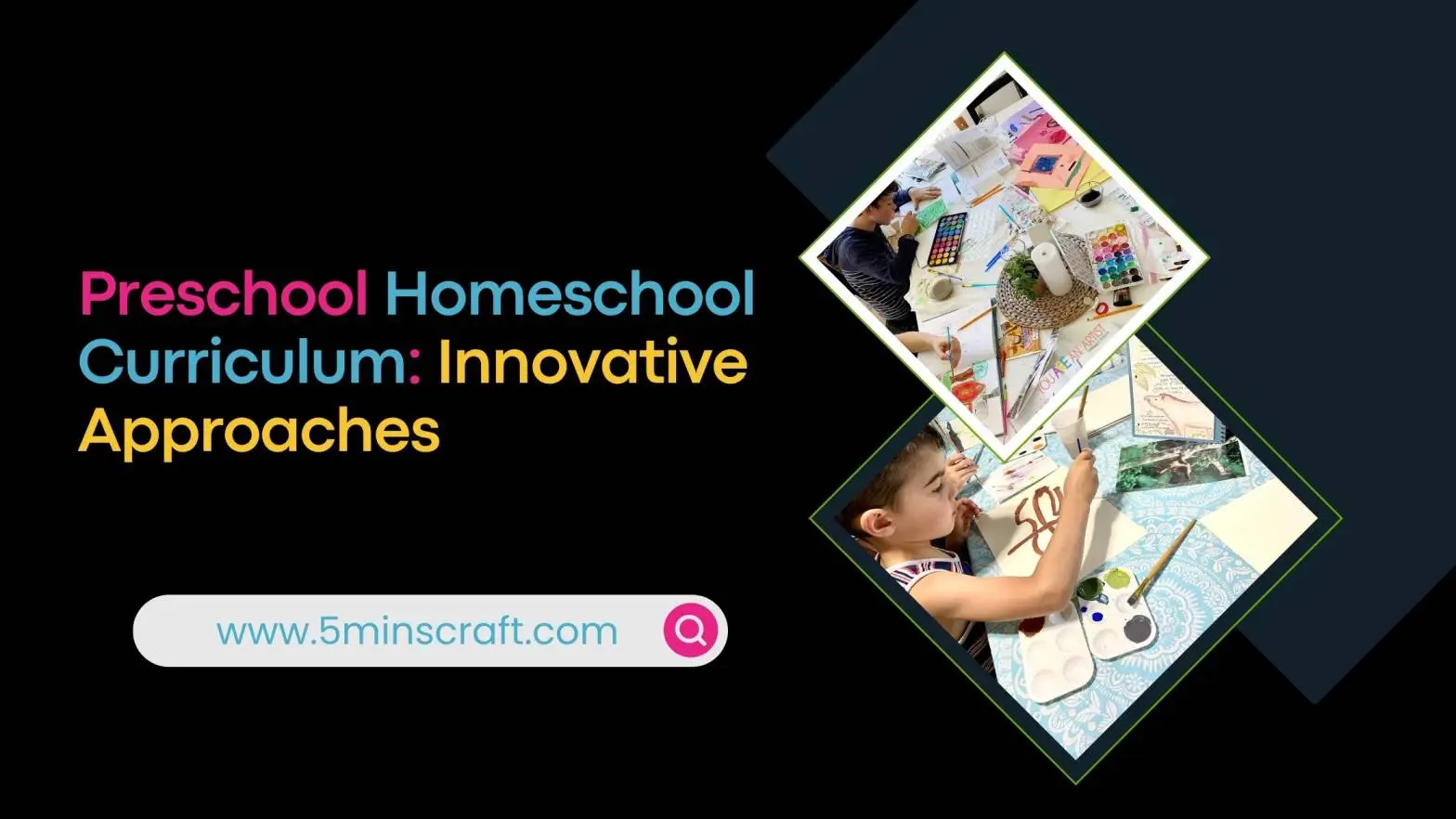Preschool Homeschool Curriculum: Innovative Approaches from Danny Parker's blog
Homeschooling is growing in popularity as parents seek flexible, personalized educational experiences for their children. For those with preschool-aged kids, a Preschool Homeschool Curriculum offers an opportunity to introduce foundational skills in a nurturing and tailored environment. But where should you start, and what makes a successful curriculum for your little one?
Why Choose Homeschooling for Preschoolers?
Preschool is a time of rapid growth and curiosity. Children are developing not only cognitively but also socially, emotionally, and physically. Homeschooling allows parents to provide a child-centric learning experience where kids can thrive at their own pace, in a familiar and comfortable setting. Here are some key benefits:
- Personalized Learning: Every child is unique, and homeschooling offers the flexibility to adapt lessons to match their interests and abilities.
- Focus on Developmental Milestones: The preschool years are crucial for developing motor skills, early literacy, and problem-solving. A good homeschool curriculum ensures a balance of academics and play to support these areas.
- Flexibility in Schedule: Without rigid time constraints, you can design your child's learning around their natural rhythms and energy levels.
Designing a preschool homeschool curriculum doesn’t have to be overwhelming. The best programs focus on well-rounded development, incorporating key areas that encourage a love for learning:
Language and Literacy: At this stage, children are developing their vocabulary and pre-reading skills. Incorporate lots of storytelling, phonics activities, and even fun letter tracing.
Math Basics: Focus on counting, number recognition, and basic shapes. Use manipulatives like blocks, beads, or everyday objects to make math tangible and fun.
Science Exploration: Preschoolers love hands-on activities! Simple experiments, nature walks, and observing animals or plants help them grasp basic scientific concepts.
Fine and Gross Motor Skills: Play-based learning is essential. Arts and crafts, puzzles, and building activities help with fine motor skills, while dancing, jumping, and climbing support gross motor development.
Social and Emotional Skills: Role-playing, group activities with other children (if possible), and discussions about feelings help preschoolers develop empathy, cooperation, and emotional regulation.
Creative Play: Encourage creativity through music, art, and imaginative play. These activities are not only fun but essential for problem-solving and critical thinking development.
To get started with homeschooling your preschooler, follow these simple steps:
Research and Plan: Look into different preschool homeschool curriculum options. Some popular choices include programs like Sonlight, Mother Goose Time, or The Good and the Beautiful. There are also many free resources online to supplement your curriculum.
Set Learning Goals: Identify the developmental milestones you want to focus on, but remember to keep expectations realistic and flexible.
Create a Routine: Preschoolers thrive on routine, but that doesn’t mean your schedule has to be rigid. Set aside daily learning time but be open to adjusting it based on your child’s energy and interest.
Incorporate Play and Exploration: The beauty of homeschooling is that learning can happen anywhere. Make the most of everyday moments—like cooking, gardening, or grocery shopping—as teaching opportunities.
Keep it Fun: Most importantly, make learning enjoyable! Preschool is a time for exploration, curiosity, and discovery. Keep lessons playful and interactive to foster a lifelong love of learning.
As the parent and teacher, your role is to provide gentle guidance, encouragement, and a nurturing learning environment. While structured lessons are important, it's equally essential to allow plenty of time for free play and creativity. Follow your child's lead, and don’t stress about perfection. The goal is to help them develop a love for learning, not to push formal academics.
ConclusionHomeschooling preschoolers offers a wonderful opportunity to bond with your child while introducing them to the world of learning in a joyful, relaxed way. With a well-rounded Preschool Homeschool Curriculum, you can build a strong foundation for their future education, all while nurturing their curiosity and creativity.
Whether you choose a structured curriculum or a more relaxed, play-based approach, remember that the early years are al

The Wall